Summer is the perfect season for enjoying sunny days and spending more time outdoors with your pet—but rising temperatures also come with serious risks. Dogs and cats are much more sensitive to heat than humans. They don’t sweat like we do, and their fur, while protective, can make it harder for them to cool off.
Heatstroke, dehydration, and other seasonal hazards can develop quickly and lead to life-threatening complications if not addressed early. In this guide, we’ll cover how to recognize the warning signs of heat-related illness, steps you can take to prevent it, and what to watch for in the days following an episode of overheating. You’ll also learn how to protect your pet from other common summer dangers, from hot pavement to fireworks and cookouts.
Worried about your pet’s exposure to heat?
Schedule a summer wellness exam with Sonoran Sky Pet Hospital
How Pets Regulate Heat—and Why It’s a Problem
Unlike humans, pets don’t rely on sweating to cool off. Dogs primarily use panting, and cats rely on limited sweating through their paw pads and grooming behavior to regulate their temperature. But when the air is hot and humid—or when there’s little shade—these methods often aren’t enough.
Pets with flat faces (like Bulldogs, Pugs, and Persian cats), older animals, overweight pets, and those with heart or respiratory conditions are especially at risk of overheating. Their bodies simply can’t adapt to heat as efficiently, and that puts them at higher risk of heatstroke even with moderate activity or brief exposure to hot weather.
Learn more about brachycephalic heat risks
Recognizing Heatstroke: Early Signs & Urgent Symptoms
Catching the signs of heatstroke early is crucial. Your pet may initially show signs of mild distress—excessive panting, drooling, or restlessness. You might notice they’re actively seeking shade or seem unusually tired. As the condition progresses, symptoms can become more severe, including:
- Vomiting or diarrhea
- Pale or bright red gums
- Staggering, weakness, or collapse
- Seizures or unresponsiveness in extreme cases
This is a true emergency. Without prompt treatment, organ damage can develop rapidly.
More about heatstroke in pets – AAHA
The Danger Isn’t Over After the Crisis
What many pet owners don’t realize is that the effects of heatstroke can continue long after the initial event is over. Even if your pet seems to recover quickly, complications can develop in the following hours or days, some of which may be life-threatening without proper veterinary monitoring.
Post-Heatstroke Complications to Watch For:
- Kidney failure: Dehydration and heat damage can lead to acute kidney injury, which may not show immediate symptoms but can be fatal if untreated.
- Liver damage: Heat stress can impair liver function, potentially leading to clotting problems or systemic illness.
- Heart abnormalities: The strain of heatstroke can cause arrhythmias or worsen underlying cardiac conditions.
- Neurologic damage: Brain swelling or oxygen deprivation during the heat episode can lead to disorientation, seizures, or long-term behavioral changes.
- Clotting disorders: Some pets develop a condition called disseminated intravascular coagulation (DIC), which can cause abnormal bleeding or blood clots.
These complications might not become apparent until 24–72 hours after the heat event. That’s why every pet that experiences heatstroke should receive immediate veterinary care followed by close monitoring.
Tips to Keep Pets Cool and Comfortable
Outdoors: Prevention Starts with Planning
If your pet spends time outdoors, take steps to limit heat exposure:
- Ensure they always have access to fresh, cool water and shade.
- Limit walks to the early morning or late evening when temperatures are lower.
- Consider using cooling mats, damp towels, or shaded kiddie pools for dogs that enjoy water.
- Avoid hot pavement, which can burn paws. If it’s too hot for your hand, it’s too hot for their feet.
Protect your pet’s paws
Indoors: Keep the Environment Comfortable
On especially hot days, keep your pet indoors in an air-conditioned space or use fans to circulate cool air. Tile or hardwood floors can help pets stay cool naturally. Mental enrichment like food puzzles or short training sessions can replace outdoor activity to keep them stimulated and calm indoors.
Explore indoor summer boredom busters

Special Considerations for Outdoor Cats
Cats that roam or live outdoors are particularly vulnerable to heat stress. Make sure they have shaded resting spots throughout the day, multiple water sources, and access to shelter. Watch for signs of overheating like:
- Lethargy
- Excessive grooming
- Panting or open-mouth breathing (which is rare in cats and signals distress)
Summer safety for outdoor cats
Summer Hazards Beyond the Heat
Fireworks and Thunderstorms
Summer isn’t just hot—it’s loud. Fireworks and storms can cause anxiety or even panic in pets. Always bring pets indoors during celebrations and consider calming aids like pheromone diffusers or compression wraps.
Barbecues and Parties
Summer get-togethers can be dangerous for pets. Keep them away from:
- Bones, skewers, and trash
- Toxic foods like onions, grapes, garlic, or fatty meats
- Alcoholic beverages and desserts with artificial sweeteners like xylitol
What to Do If You Suspect Heatstroke
Time is critical. If your pet is showing symptoms:
- Move them to a shaded, cool area immediately.
- Offer small amounts of cool—not cold—water.
- Apply cool, damp towels to their belly, paw pads, and armpits.
- Use a fan or air conditioning to help cool them gradually.
- Seek emergency veterinary care immediately, even if they seem to improve.
How to prevent and respond to heatstroke
How Sonoran Sky Pet Hospital Can Help
At Sonoran Sky Pet Hospital, we provide fast, compassionate care for pets suffering from heat-related illness. Our team is experienced in treating heatstroke and managing the follow-up care that’s critical to recovery. Services include:
- Emergency cooling and IV fluid therapy
- Kidney and liver function monitoring
- Follow-up bloodwork to detect hidden complications
- Wellness exams to assess summer heat risks
- Custom care plans for high-risk pets
If you suspect your pet is suffering from heatstroke, call us immediately.
Contact Sonoran Sky Pet Hospital
Enjoy Summer Safely—with Your Pet by Your Side
Hot weather doesn’t have to mean hiding indoors—but it does require awareness, preparation, and a little extra caution. Recognizing the signs of overheating, understanding the risks that follow heatstroke, and making smart choices about summer activities can help your pet stay happy and healthy all season long.
Schedule your pet’s summer wellness check at Sonoran Sky Pet Hospital today.
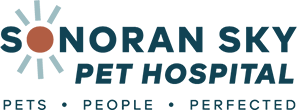
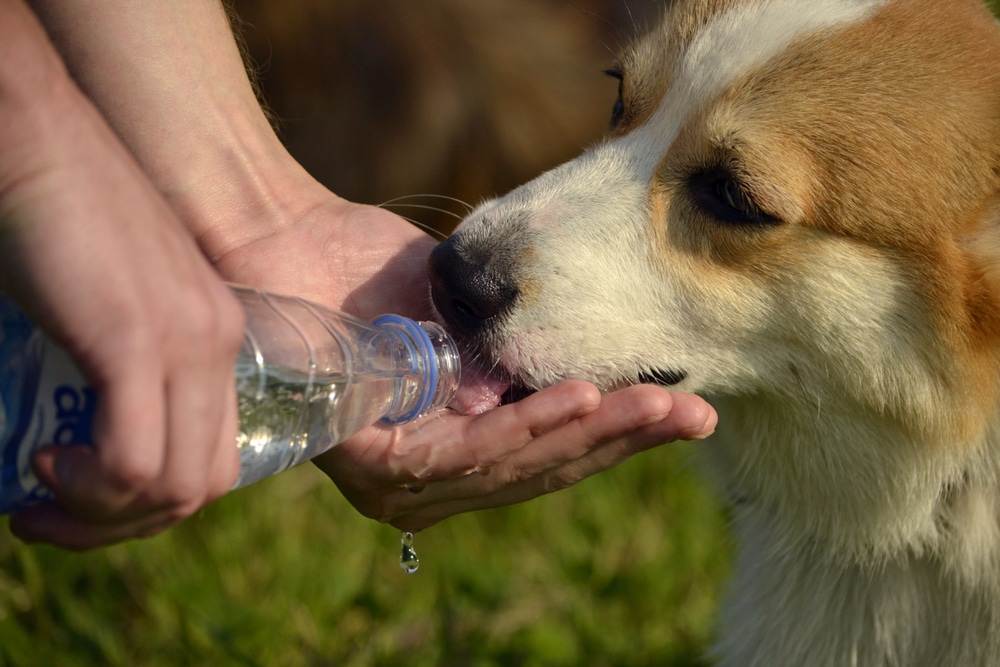
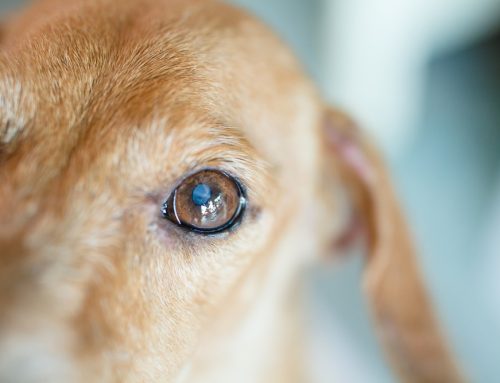
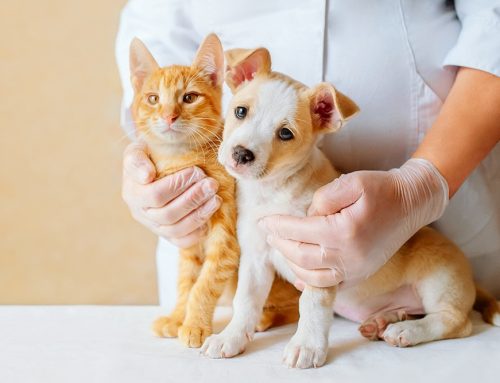
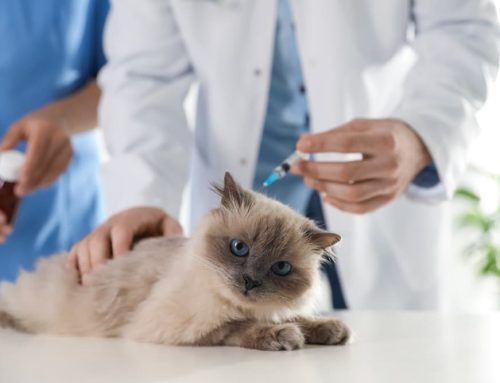
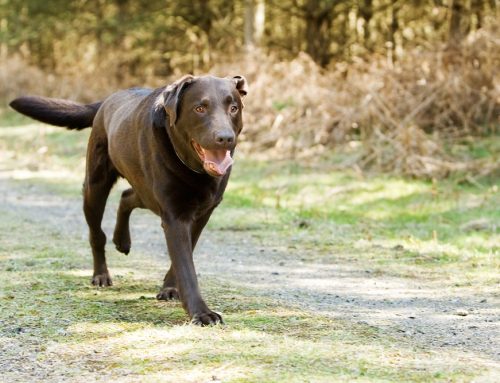


Leave A Comment